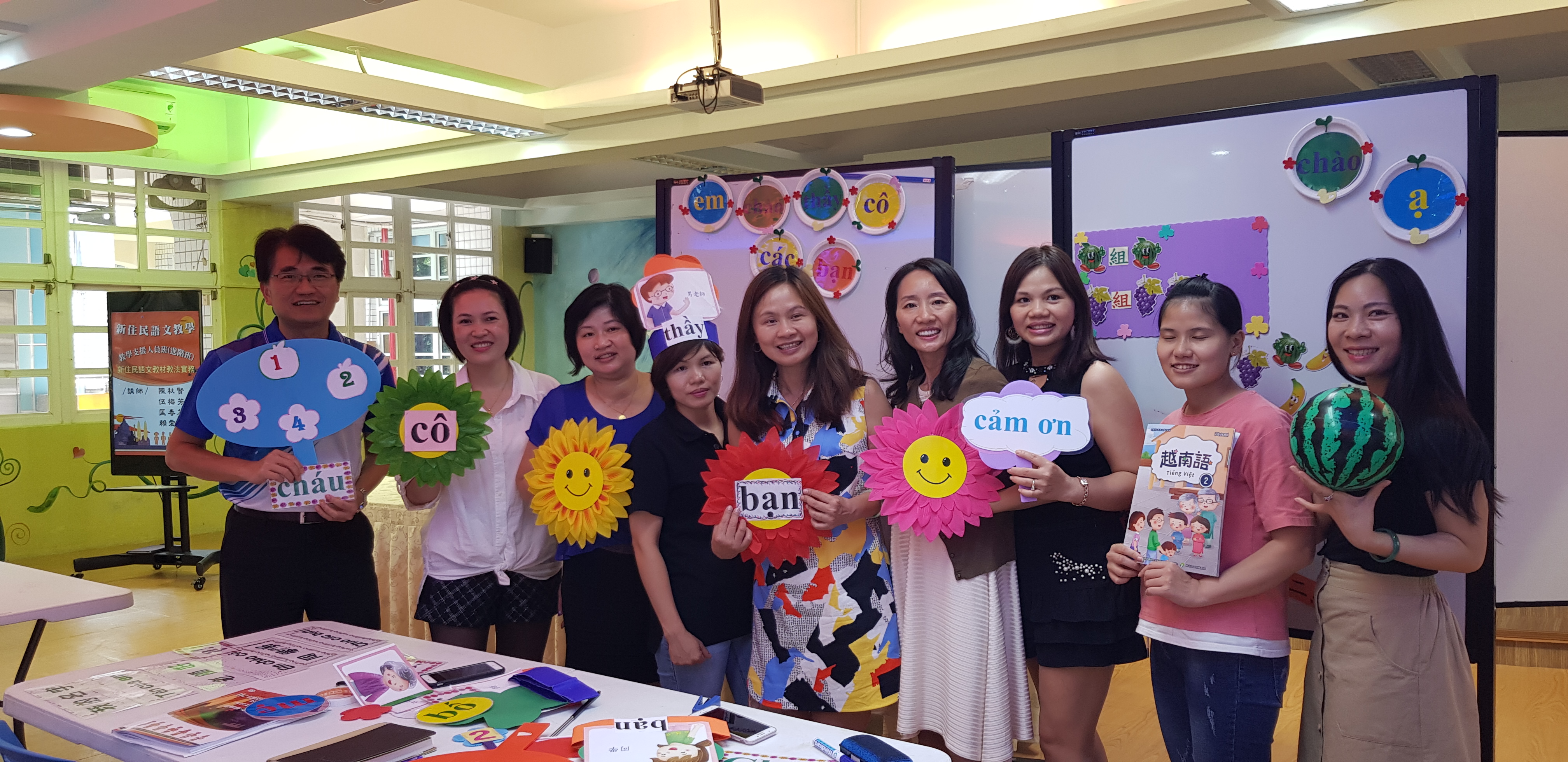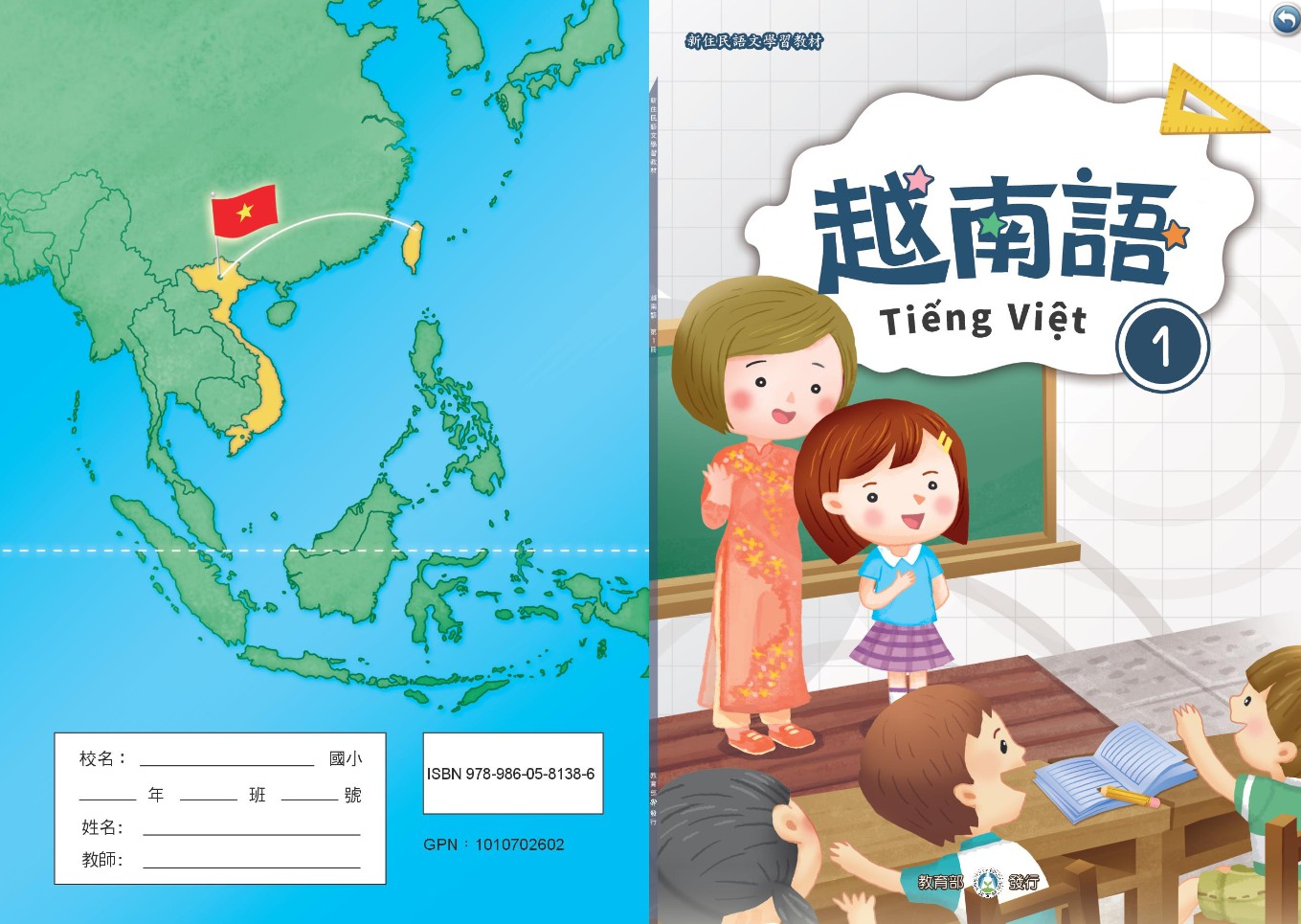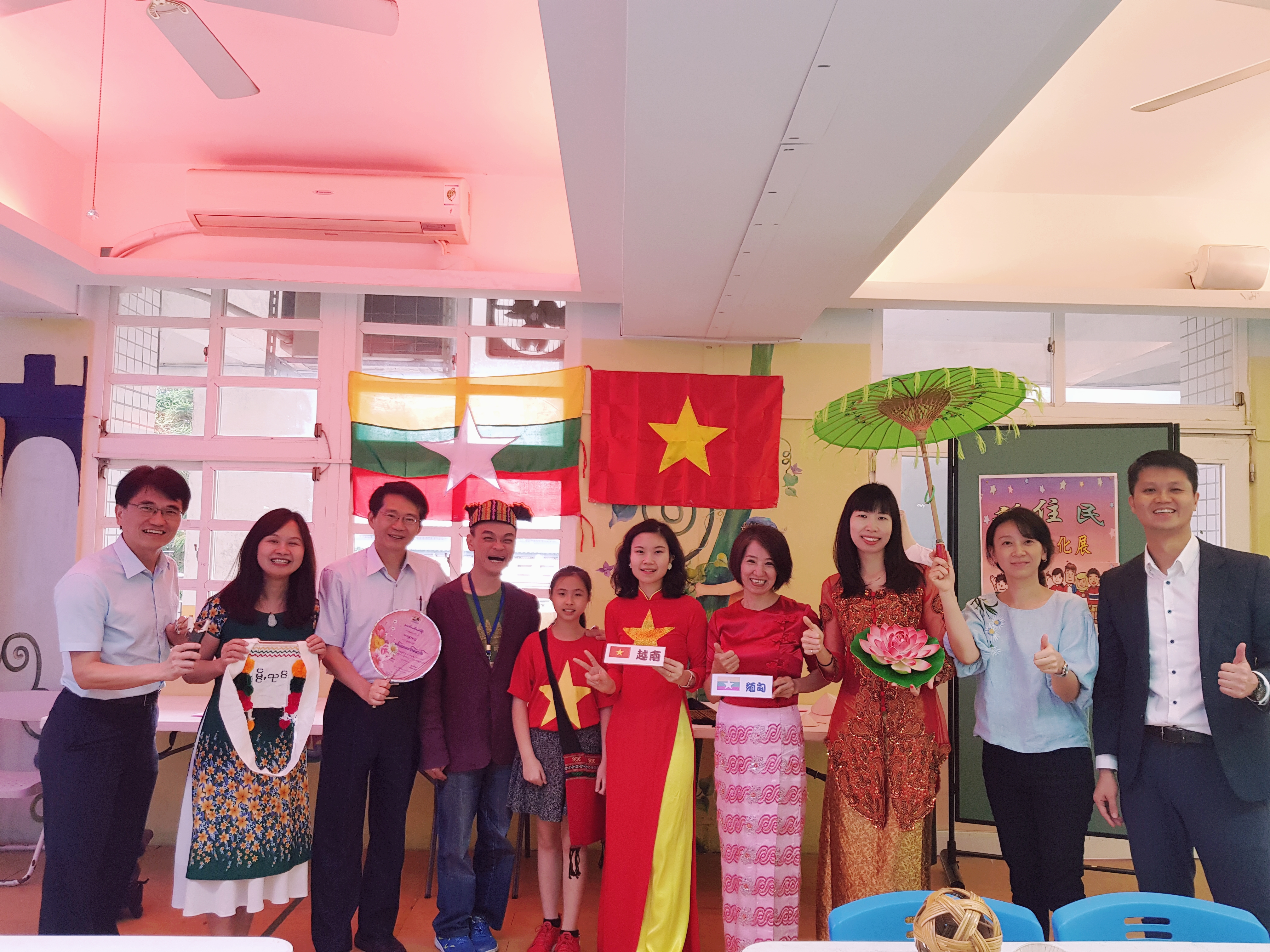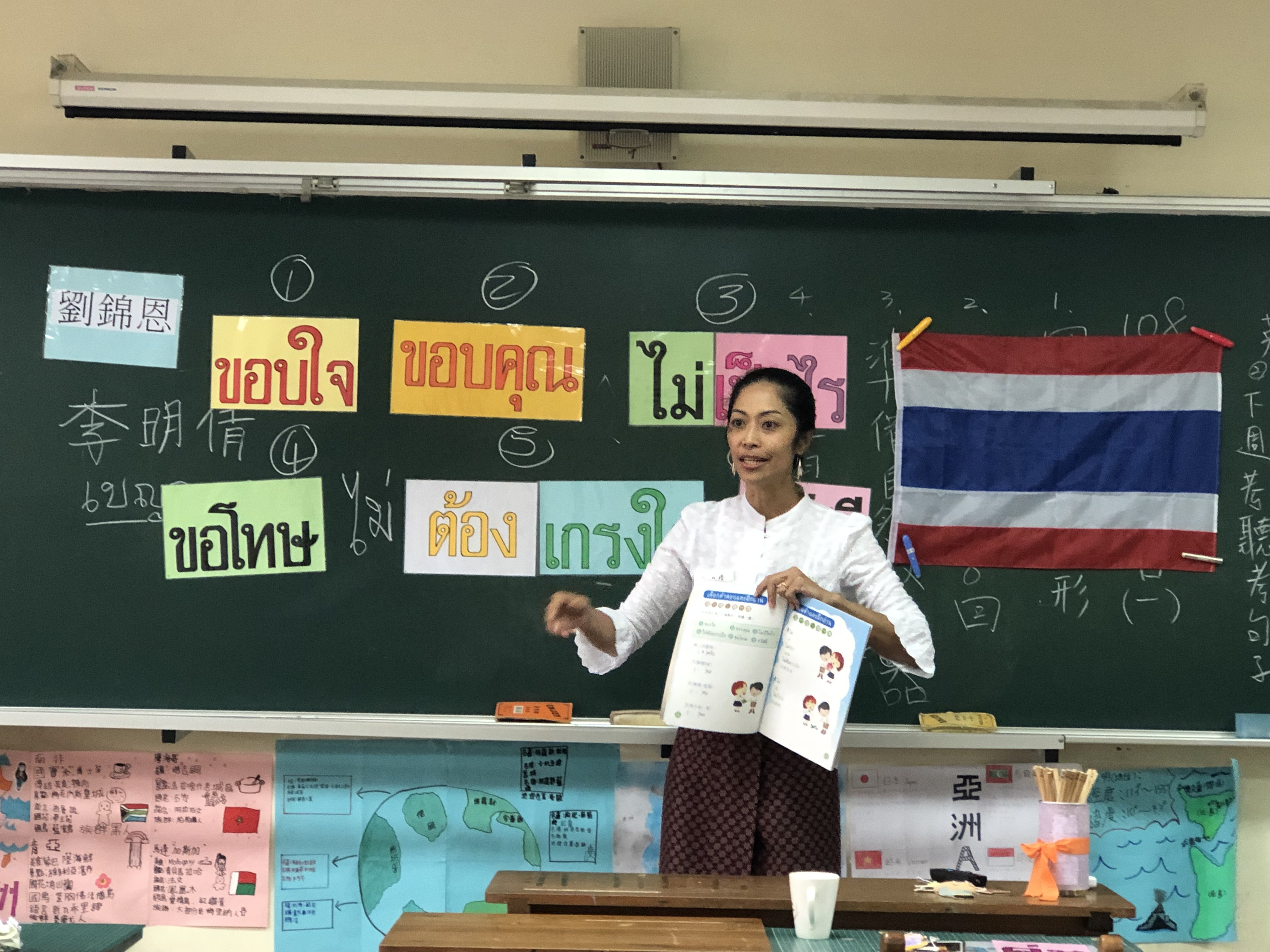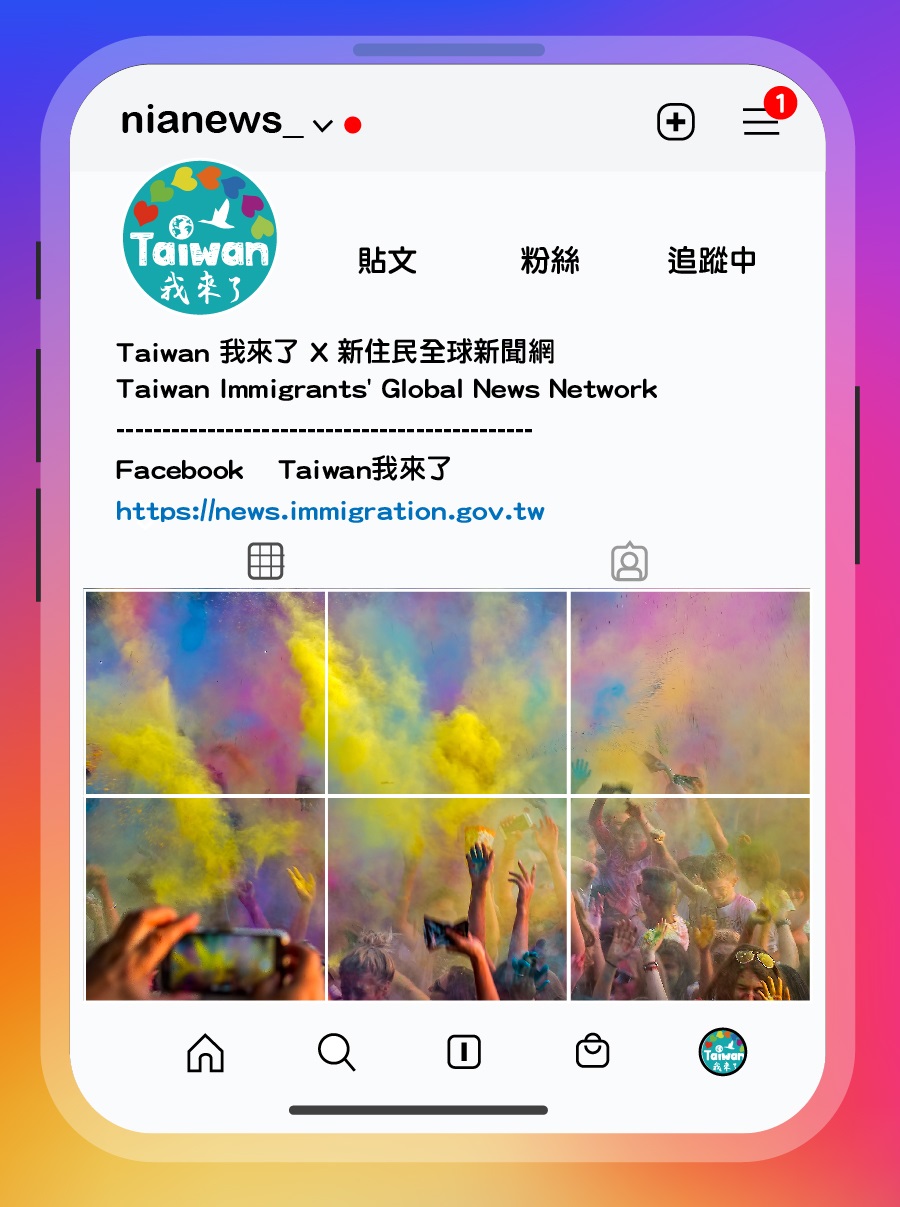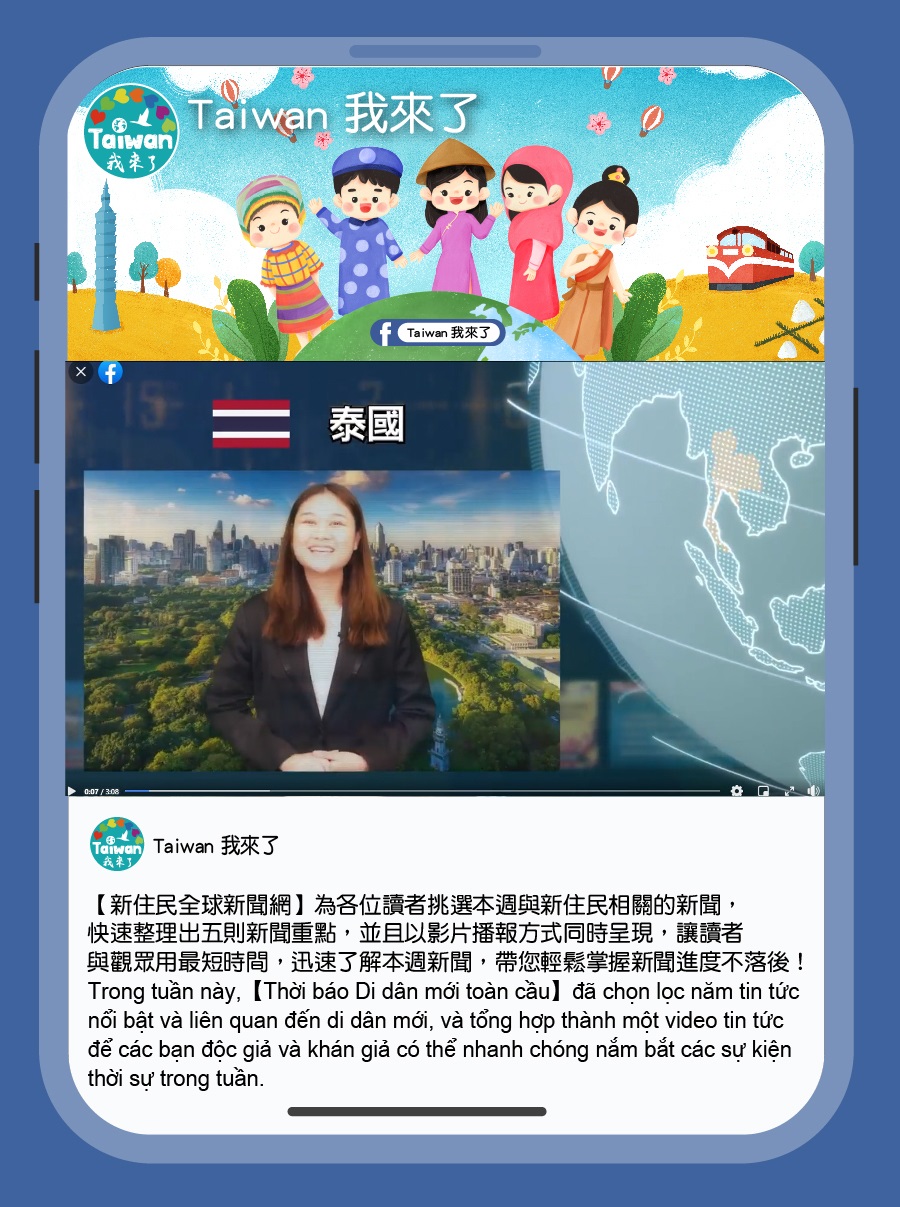Programs of new immigrant languages are one of the newly-added sections in the Directions Governing for the 12-Year Basic Education Curricula, adding seven new immigrant languages including Vietnamese, Indonesian, Thai, Burmese, Cambodian, Malaysian, and Filipino. The program is compulsory for elementary school students, while it is a selective course for middle school students.
 (Vietnamese teachers)
(Vietnamese teachers)
How these teaching materials of seven languages were compiled? What are their characteristics? These languages differ very much, then how its learning programs were designed? I guess everyone's curious about it. In fact, no matter what language you speak, the most important thing is that you need "use" it. That is, learners need to use it in their daily lives. The learning programs of new immigrant languages is aimed to enhance learners' interest in speaking them and using them. Hence, the programs were designed with daily conversations, basic vocabularies, songs for children...etc. Every chapter allows children to learn how to speak instead of memorizing vocabularies.
The biggest characteristic of programs of new immigrant languages is that students need to learn a language and its culture. Hence, the context of each course was particularly designed and reviewed. For instance, if it is a Vietnamese language course, students would see their teacher dressed in Ao Dai. Students would also learn how to recognize Vietnam on the map and learn how the flag of Vietnam looks like. Children not only have to learn how to speak different languages but also learn how to understand and respect different cultures. They would also be trained to be open-minded and able to communicate well. One of the biggest challenges was to filter out incorrect information online over and over again.
 (A Thai teacher)
(A Thai teacher)
The subjects of teaching materials are various, including self-introduction, daily conversation with parents, teachers, and friends, community life, interactions with strangers, and transnational manners. Aimed to broaden children's horizons and improve their language skills, the programs lead children to learn various kinds of daily conversations. Another characteristic of the programs is that children's learning materials are based on their levels of language, instead of their grades. The purpose is to help students learn properly and effectively and let them learn at any time.
The teaching materials emphasize cross-cultural learning, so we would educate children to understand and respect the diversity of different cultures. From Booklet 5, lessons on cross-cultural communication and practices are provided, such as Indonesian food culture and national costumes' characteristics so that children would understand how Indonesians feed on rice, corn, and yams and how they eat with their hands or dye clothes. From Booklet 15, lessons on how students wear Burmese flip flops to play soccer will be introduced. Each exotic characteristic will lead children to understand and experience and respect different cultures.
 (Vietnamese teachers)
(Vietnamese teachers)
Since 2016, I've been part of the editorial board of these teaching materials and joined 1,051 editorial meetings. I hope through various teaching demonstrations and on-site examination, what we have done over the past three years could help students improve their learning skills.
A total of 126 booklets and the faculty handbook have been published (online version provided) and uploaded on the New Immigrants' Children Education Site (新住民子女教育資訊網). Everyone is welcome to download it online. Your visions will be broadened through the seven languages and cultural characteristics. Of course, learning one more language will empower you in the future. Hence, you might encourage your children to learn new immigrants' languages to walk into the transnational world.
 (Vietnamese teaching materials)
(Vietnamese teaching materials)
Written by President Huang Mu-yin (黃木姻), Taoyuan Dong An Elementary School
